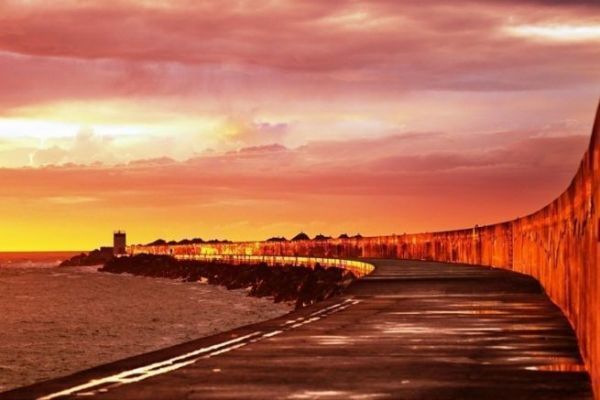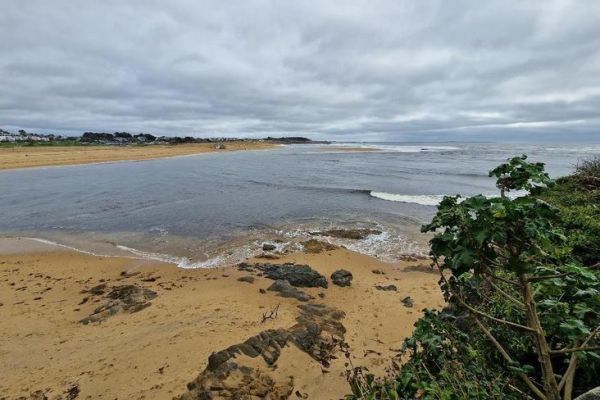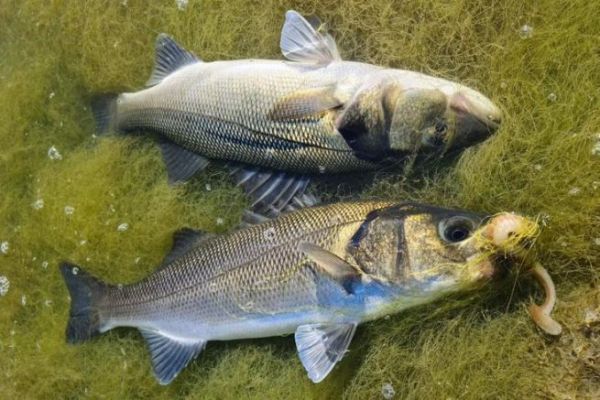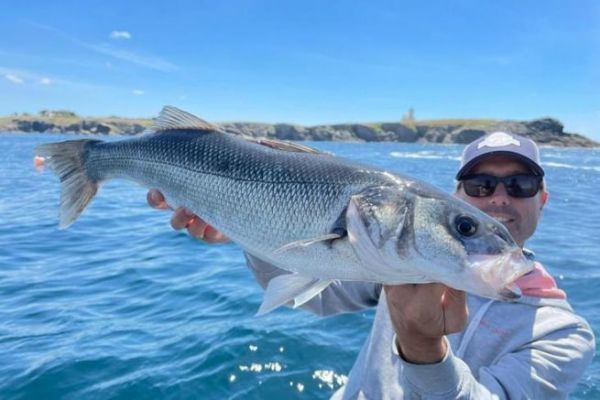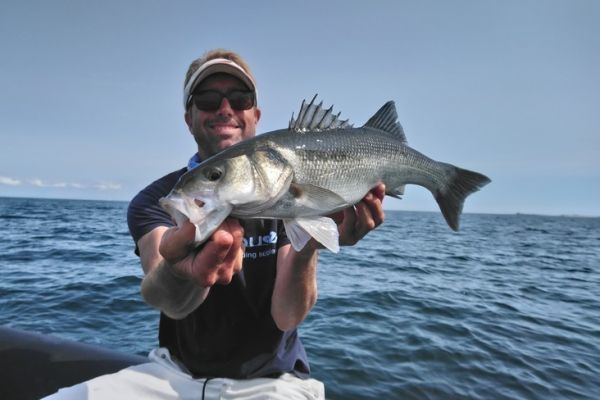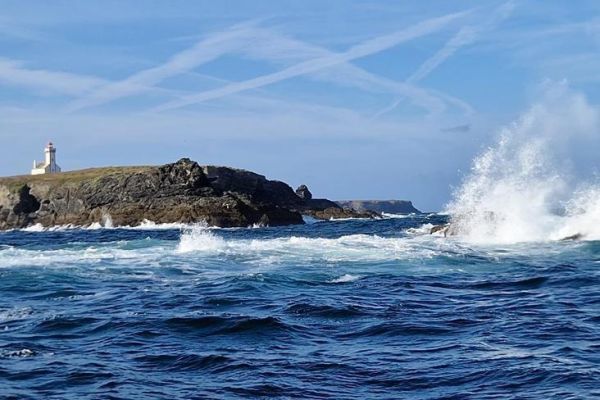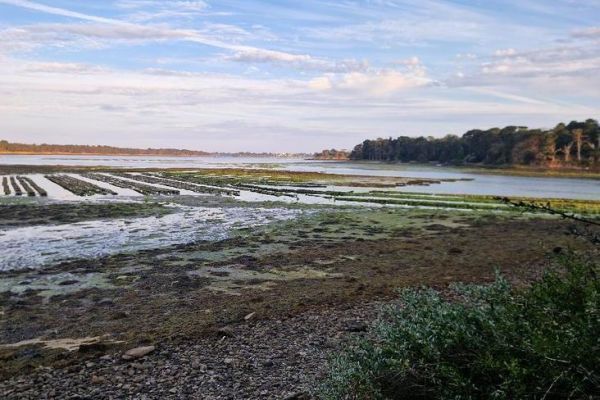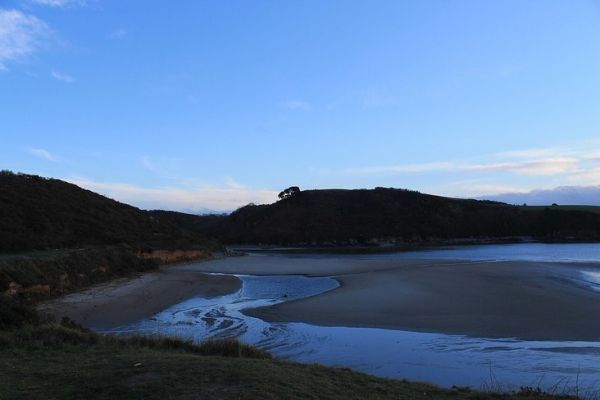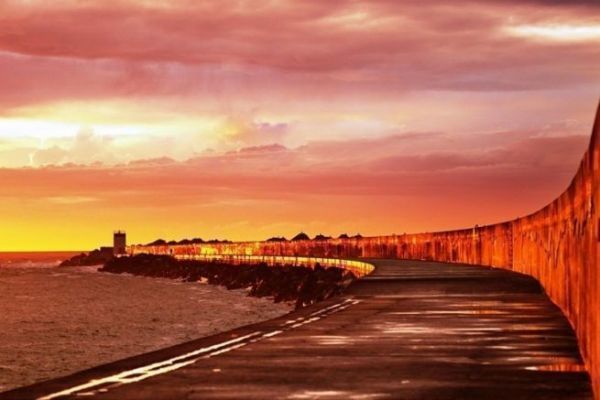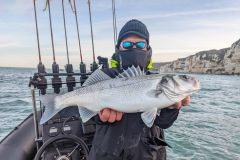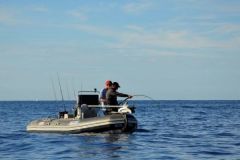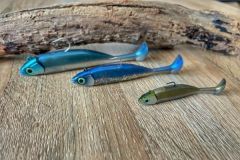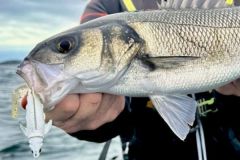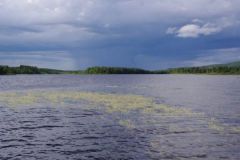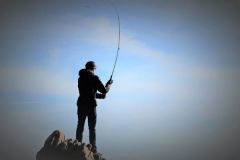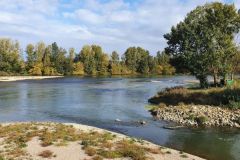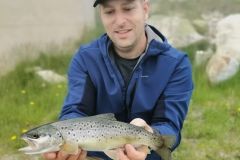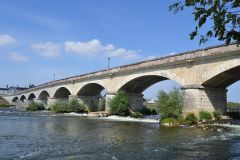The different structures we come across
Sea bass anglers, whether on board or on foot, can take advantage of numerous man-made structures to locate various predators. In fact, the various coastal and offshore structures act in the same way as natural structures, channeling and deflecting the current and, above all, providing food and shelter for sea bass. Sea bass seek out areas that are suitable for hunting, feeding and resting, and will take advantage of any opportunity, whether man-made or not.
Shore anglers will be looking for dikes, bridge piers, tide mills and man-made ponds. Boat anglers, on the other hand, will be looking for oyster beds, mussel beds and the latest wind farms.
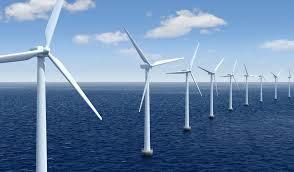
Why fish artificial structures?
To understand the value of these structures, we need only look at practices in the Caribbean or the Pacific, where local fishermen set what are known as FADs (Fish Aggregating Devices) offshore. These are long vertical lines tended on one side by a buoy and on the other by a ballast, to which they attach various elements such as ropes or pieces of net. Some are fixed, while others float and are fitted with a GPS beacon to locate them.
How it works is simple, and is based on the construction of a food chain. With the passage of time, flora settles in, along with micro-organisms that form the base of the pyramid. Very quickly, small fish come to feed and take refuge, inevitably attracting predators.
All artificial structures act in the same way, creating a new ecosystem and a new food chain in which sea bass will quickly take their place!
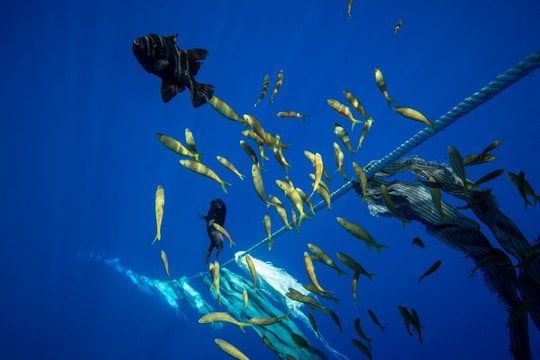
Which ones to fish for bass?
From the shore, while it's possible to fish larger structures such as dykes, I prefer to focus on tide mills, bridge piers or even pond outlets, which create well-marked, targeted positions that allow faster prospection and understanding. In fact, you'll quickly notice that bass are present at specific times linked to tide, light and weather. Identify the right parameters and visit them at key times. You'll notice that the bites start as soon as the first casts are made, as these are feeding stations. Dykes, too, have their own specific way of working, but are vast and therefore more difficult to exploit.
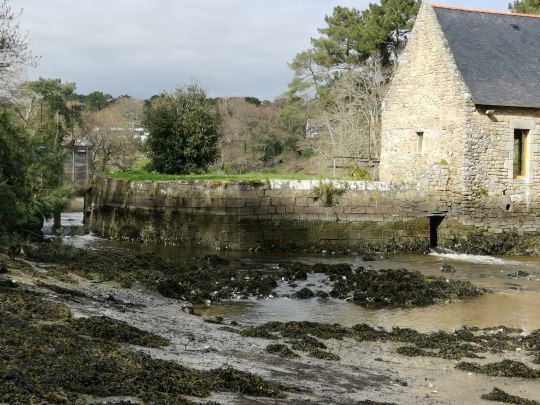
Regulations
Wind farms are becoming more and more numerous. While they clearly tarnish the landscape, the fisherman can nevertheless find added value by concentrating and retaining fish for a good part of the season. However, while it's tempting to go fishing at the foot of the pylons, this practice is forbidden and I recommend that you check the regulations. It is frequently forbidden to approach within 50 or 100 meters of the structures, and it is often necessary to have a Vhf and Ais to enter them. Checks are frequent, so it's a good idea to be up to date.
Although the structures themselves are not fishable, they are nevertheless areas where predators circulate and hunting is common. So you need to be mobile and observant to make the most of them.
